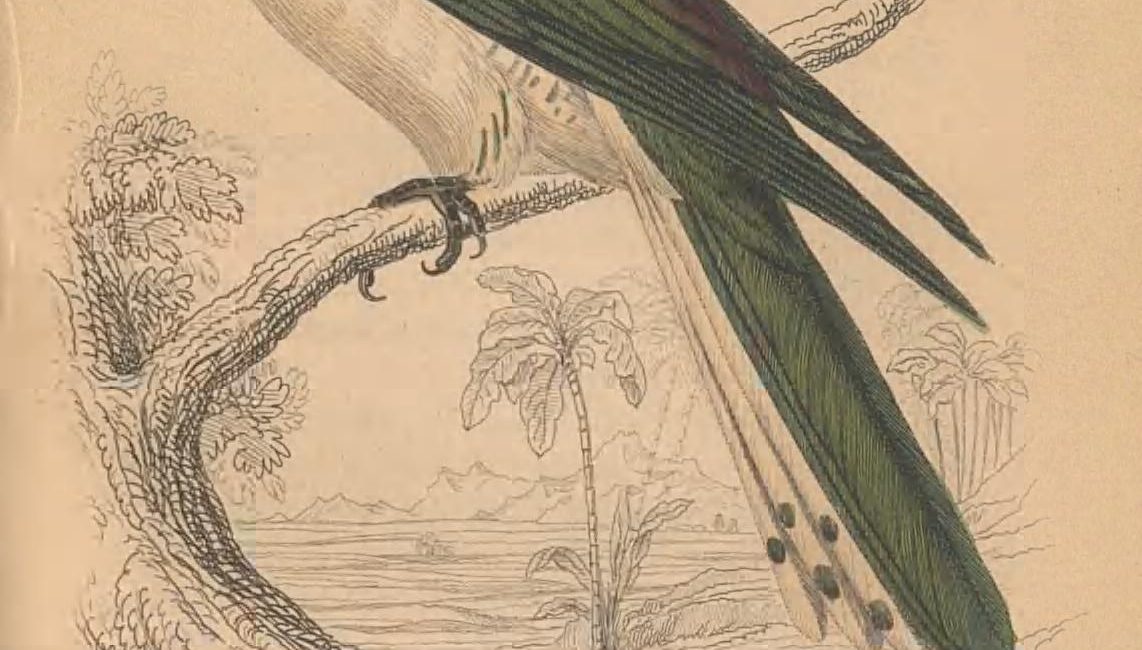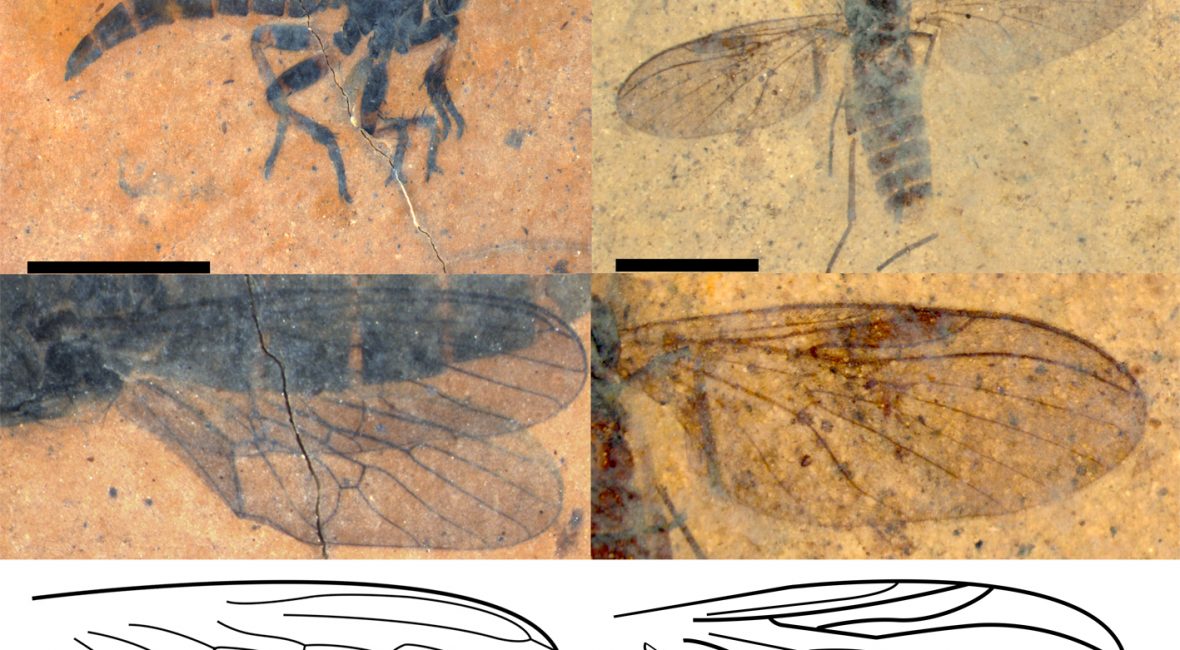On 5 June 1834, avid amateur botanist Hardy Bryan Croom wrote a letter to botanist John Torrey describing a gymnosperm tree in northern Florida that he was struggling to identify. In this letter, he postulated—with some degree of confidence—that the tree was Taxus baccata, the common yew, and he hoped to acquire some specimens to send to Torrey for investigation.
Torrey was one of the most important 19th century botanists in America. He corresponded with hundreds of scientists in North America and Europe, many of whom sent him specimens from their various explorations for study and identification. As such a well-respected expert and advisor on botanical science, it comes as no surprise that Croom sought Torrey’s expertise regarding this mysterious Florida tree.
The next year, in a letter dated 18 November 1835, Croom wrote again to Torrey, stating:
“The letter which I wrote last summer has had the effect to procure me some perfect fruit of that remarkable Taxoid tree at Aspalaga. The result surprises me. It is an ovate one celled nut entirely enclosed in fleshy covering! as large as a pigeon’s egg! Calix imbricated; thus agreeing neither with Taxus nor with Podocarpus. Besides, the tree, I think, is dioecious, but of this I am not yet certain. What will you do with it? Will it make a new genus?”
The following year, Croom again wrote to Torrey in a letter dated 18 May 1836 that he had determined that the tree represented a new genus. He proposed the genus name Torreya and provided a description and habitat details for “this fine tree,” for which he remarked:
“It is so abundant about Aspalaga (especially on Flat Creek) as to have been sawed into plank and lumber. It is an elegant tree with dark green foliage.”
With this letter, Croom provided the first recorded description of the habitat and abundance of the Florida nutmeg, Torreya taxifolia.
Sadly, Croom and his family drowned in a shipwreck in the Atlantic Ocean near Cape Hatteras on 8 October 1837. As such, Torrey arranged that the new genus and species were formally named and described by botanist George Arnott Walker-Arnott in 1838.
While Croom characterized Torreya taxifolia as abundant in 1836, today the species is critically endangered. With a distribution restricted to the limestone ravines and bluffs along the Apalachicola River in northern Florida and southern Georgia, fewer than a thousand individual trees persist in their native habitat. The most significant threat to the species is continued reproductive failure resulting from fungal pathogens—a threat which is continuing but not well-understood.
Continue reading













